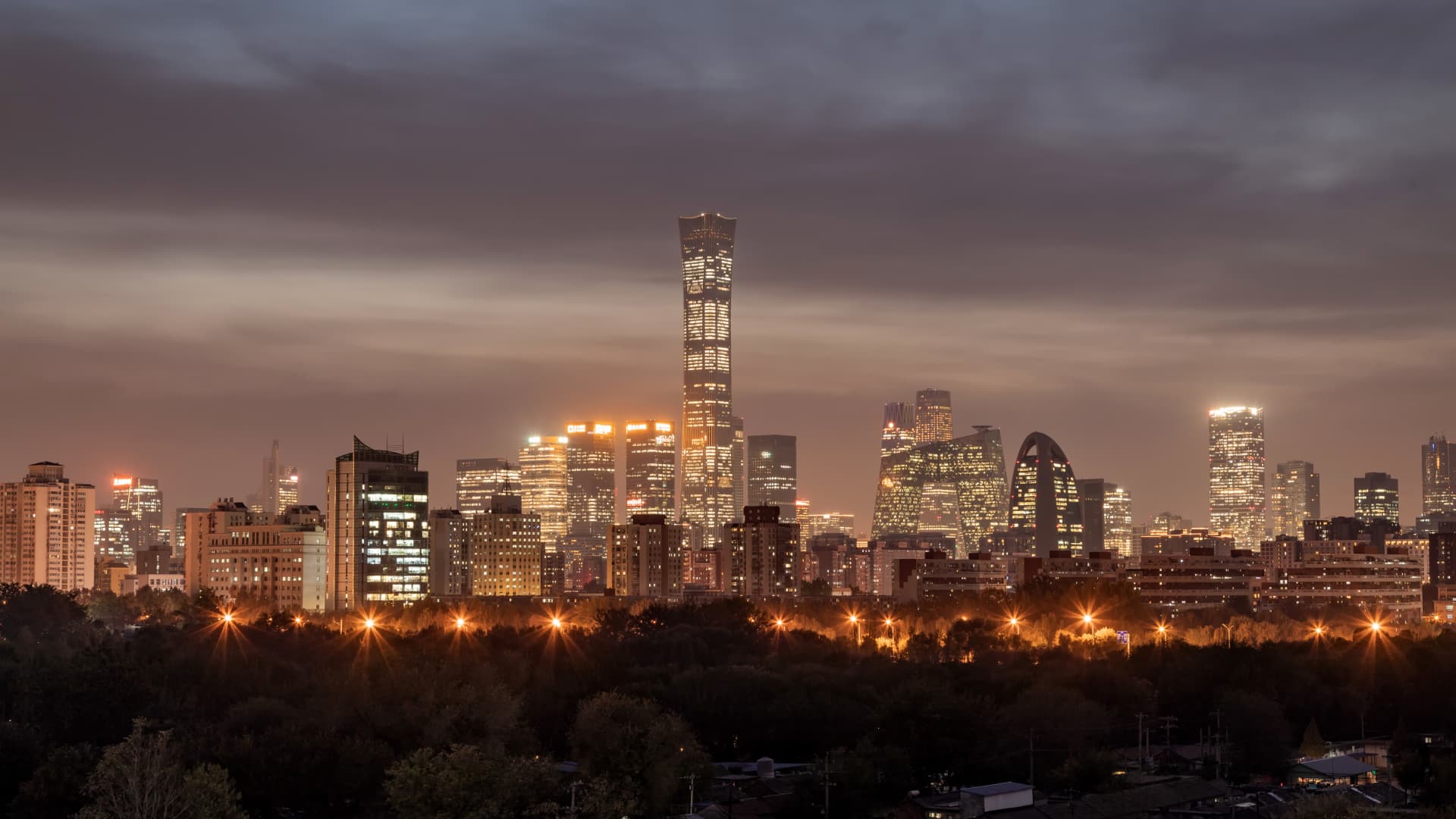BEIJING — China’s commercial property sector is seeing pockets of demand amid an overall real estate slump.
The capital city of Beijing is seeing rents for prime retail locations rise at their fastest pace since 2019, property consultancy JLL said in a report Tuesday. Rents increased by 1.3% during the first three months of this year compared with the fourth quarter of 2023, the report said.
Demand from new food and beverage brands, niche foreign fashion offerings and electric car companies has helped drive the interest in shopping mall storefronts, according to JLL.
The firm expects the demand to persist throughout the year, helping boost rents, which remain well below pre-pandemic levels.
Commercial real estate, which includes office buildings and shopping malls, makes up just a fraction of China’s overall property market.
Sales of offices and commercial-use properties rose 15% and 17%, respectively, by floor area, in January and February from a year earlier, according to Wind Information.
In contrast, floor space of residential properties sold dropped by nearly 25% during that time, the data showed. Sales for both commercial and residential properties had fallen for much of last year, according to Wind.
Covid-19 restrictions on movement had also cut demand for China’s commercial property, in line with global trends. China’s economy, however, took longer than expected to rebound from the pandemic, amid a broader slump in the property market.
China’s commercial real estate prices are nearing an attractive buying point, Joe Kwan, Singapore-based managing partner at Raffles Family Office, said in an interview last week.
“We do have an internal timeline or projection of how far valuation has to fall before it makes it attractive for us,” he said. “I think the opportunity is about to open up for us right now.”
Kwan said he expects to start making deals in the second half of this year, through next year. The firm is primarily looking at commercial properties in Shanghai and Beijing.
Such bargain-hunting is not necessarily a sign that the market is on its way to a full recovery.
“What we have been observing is that owners [have] been throwing us the same opportunities, some of the same portfolios, but at a much discounted price on a quarterly basis,” he said. “So from that it gives us the general sense that it’s still going to be some way down the road before we can see the bottoming.”
“We do have still a very positive outlook on the longer term a prospect of China, given its size of population, given its demographics, given its consumption numbers,” Kwan said. “I think that right now it is going through a territory whereby it may overcorrect and people might miss out on the opportunity to acquire some really, really well-located, good-quality assets that will prove to be a winner, maybe not in the next two to three years, but at least in the mid-term.”
Hong Kong-based Swire Properties said in its report last month that it intends to double its gross floor area in mainland China by 2032. The company currently operates high-end shopping complexes branded “Taikoo Li” in Beijing, Shanghai and other major cities in China.
“In the Chinese Mainland, foot traffic has improved significantly and retail sales have exceeded pre-pandemic levels for most of our malls since pandemic-related restrictions were lifted. Our office portfolio has proven to be resilient despite a weak office market,” Tim Blackburn, Swire’s chief executive, said in the report.
Looking ahead, the company expects 2024 will be a “year of stabilization” in retail demand.






